Ever wonder why your dog’s gaze can make you melt, especially when you’re enjoying something delicious they’re clearly not getting a bite of? That expressive look isn’t just puppy charm—it’s an evolutionary trick dogs have developed to connect with us on a deeper level.
In this article, Nexus-pets dives into the question: Do dogs really have eyebrows? Plus, we’ll uncover the story behind those long, fluttery eyelashes some pups sport.
Do Dogs Have Eyebrows?
Yes, dogs do have eyebrows, but not quite like humans. Instead of thick, bushy hairs, their “eyebrows” are mainly formed by specialized muscles above their eyes—especially the levator anguli oculi medialis muscle, which lifts the inner corner of the eyebrow. This muscle is well-developed in domestic dogs but largely absent in wolves.
Over thousands of years of domestication, dogs evolved this muscle to communicate more effectively with humans. When dogs raise their inner eyebrows, their eyes appear larger and more expressive—a look that triggers nurturing instincts in people, often called the “puppy dog eyes” effect. This evolutionary trait helped dogs bond closely with humans and increased their chances of care and survival.
Additionally, dogs have supraorbital whiskers (eyebrow whiskers) that aren’t for expression but serve to protect their eyes from debris and help them sense nearby objects.
So, while dogs don’t have eyebrows exactly like ours, their muscular and whisker adaptations give them expressive faces that help strengthen their connection with us.
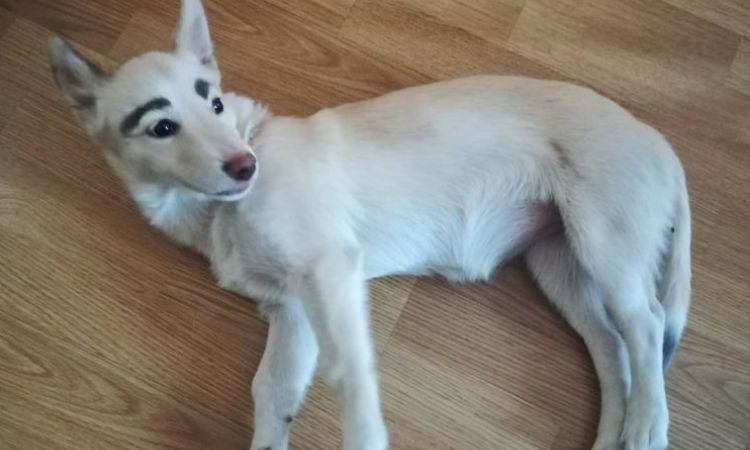
Do Dogs Have Eyelashes?
Yes, dogs do have eyelashes, primarily located along the upper eyelid. Typically, dogs possess between two to four rows of eyelashes on their upper lids, while the lower eyelids usually do not have any lashes. These eyelashes serve an important protective function, acting as a first line of defense against dirt, dust, and other small particles that could potentially harm the eyes.
Beyond their protective role, dog eyelashes are also highly sensitive tactile organs. Known as supraorbital whiskers, these specialized hairs help dogs detect nearby objects and protect their eyes by triggering reflexive blinking if something brushes too close. This sensitivity not only helps prevent injury but also assists dogs in navigating their surroundings safely.
In summary, dog eyelashes are essential both for shielding their eyes from physical irritants and for providing sensory feedback to maintain eye health and safety.
Dog Breeds with Long Eyelashes
Yorkshire Terriers
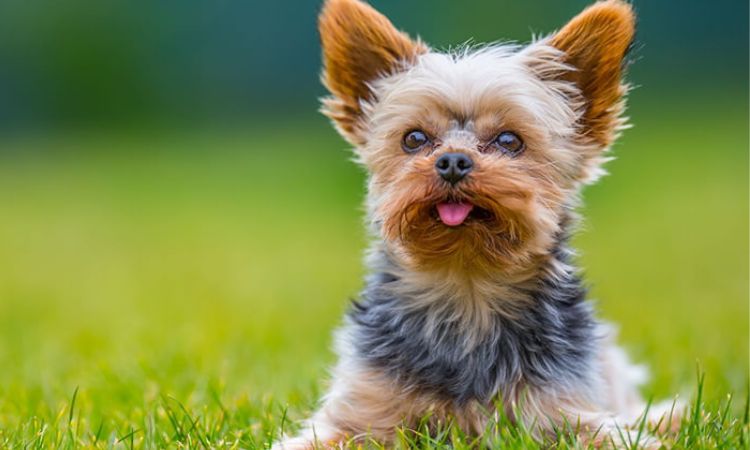
Yorkshire Terriers, often admired for their glossy, fine-textured coats, also feature notably long eyelashes. These lashes frame their eyes beautifully, lending an expressive and gentle quality to their gaze. The delicate yet distinct eyelashes protect their eyes from foreign particles while complementing their elegant, silky fur. This combination contributes to the breed’s signature refined and sophisticated look.
Cocker Spaniels

Cocker Spaniels possess soft, wavy hair that flows gracefully around their face, and their lashes are equally abundant and lengthy. The extended eyelashes not only give them an endearing, soulful expression but also function to guard their eyes against debris encountered during walks or playtime outdoors. Their lashes blend seamlessly with their fur, highlighting the breed’s naturally warm and affectionate appearance.
Maltese

The Maltese breed is distinguished by its pure white, long, and flowing coat, paired with fine, lengthy eyelashes. These lashes harmonize with their silky hair, adding to their delicate and charming demeanor. Beyond aesthetics, the lashes offer a protective shield for the eyes, preventing irritation from external elements such as wind or dust, which is particularly beneficial given the breed’s small stature and facial structure.
Poodles
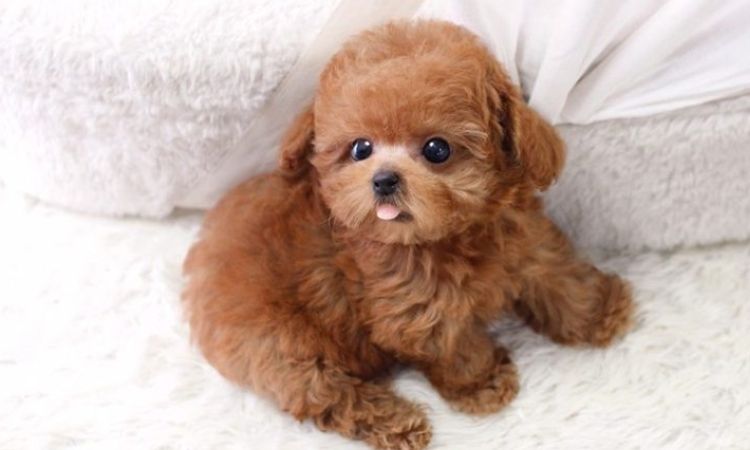
Poodles, known for their dense, curly coats, frequently feature long eyelashes that enhance their graceful appearance. Their lashes provide a functional advantage, helping to deflect particles and protect sensitive eyes during vigorous activity or exposure to outdoor environments. The eyelashes’ prominence contributes to the breed’s poised and polished look, emphasizing their alert and intelligent expression.
Old English Sheepdogs
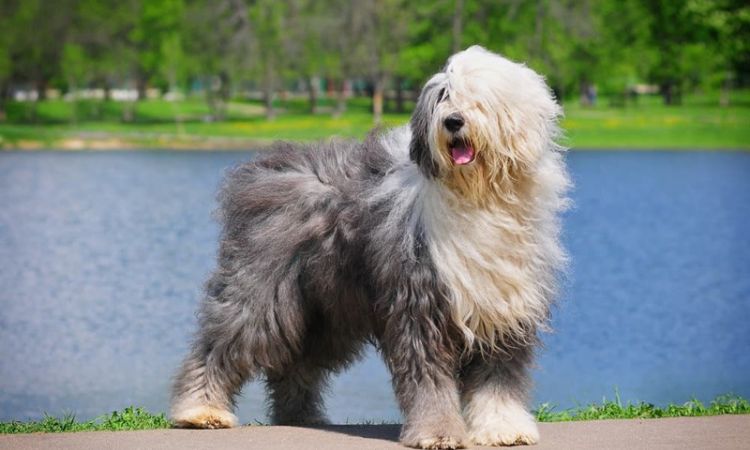
Old English Sheepdogs are characterized by their thick, shaggy fur, which often obscures their eyes. Their naturally long eyelashes are essential in this breed, offering a protective layer that safeguards the eyes from harsh weather conditions, dirt, and twigs encountered in their original herding environments. These lashes help maintain eye health despite the heavy fur coverage and contribute to the breed’s distinctive, endearing facial appearance.
Shih Tzus
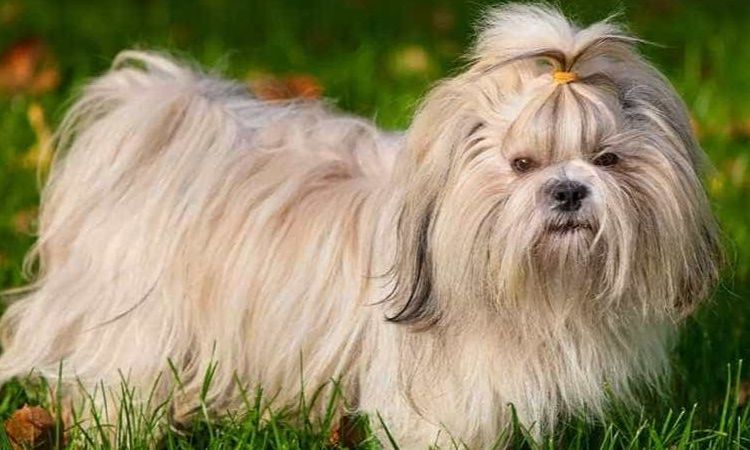
Shih Tzus display luxurious, flowing coats and striking facial features, highlighted by their pronounced eyelashes. The lengthy lashes add to their expressive eyes, enhancing communication and emotional expression. Functionally, these eyelashes shield their eyes from irritants, which is especially important given their flat facial structure that makes them prone to eye sensitivity. The lashes blend beautifully with their abundant fur, creating a harmonious and eye-catching look.
Grooming and Care of Dog Eyelashes
Whether It Is Safe to Trim or Cut Dog Eyelashes
In most cases, trimming a dog’s eyelashes is not necessary and should be avoided unless recommended by a veterinarian or professional groomer. Eyelashes are part of the dog’s natural defense system, and cutting them too short may increase the risk of eye irritation, dryness, or injury. For certain breeds with long or inward-curling lashes, however, controlled trimming can help maintain comfort and vision clarity.
Reasons for Trimming: Prevent Vision Obstruction and Related Disorders
Some dogs, especially those with long, thick, or fast-growing lashes, may experience lashes that extend into their line of sight. This can cause partial vision obstruction, leading to clumsiness or difficulty navigating. In other cases, eyelashes that grow in abnormal directions (a condition known as distichiasis or trichiasis) can rub against the cornea, causing irritation, redness, or even corneal ulcers. Trimming or safely removing problem lashes can relieve discomfort and prevent long-term eye damage.
Considerations and Precautions for Eyelash Grooming
When eyelash grooming is necessary, it should be performed with caution to avoid injuring the eye. Always use clean, rounded-tip scissors or professional grooming tools, and ensure the dog is calm and still to prevent sudden movements. For dogs with medical eye conditions, it is best to consult a veterinarian before trimming, as improper handling may worsen the issue.
In some cases, lash removal may require specialized veterinary procedures rather than home grooming. Regular eye checks, gentle cleaning of the eye area, and avoiding unnecessary trimming are the safest ways to maintain healthy, functional eyelashes.
While dogs don’t have true eyebrows in the human sense, their facial hair serves a similar purpose, adding to their expressive faces. And for some breeds, those striking, long eyelashes are more than just a beautiful feature—they’re a functional part of their anatomy. Understanding these unique features helps us appreciate our canine companions even more, from their wagging tails to their captivating eyes.






